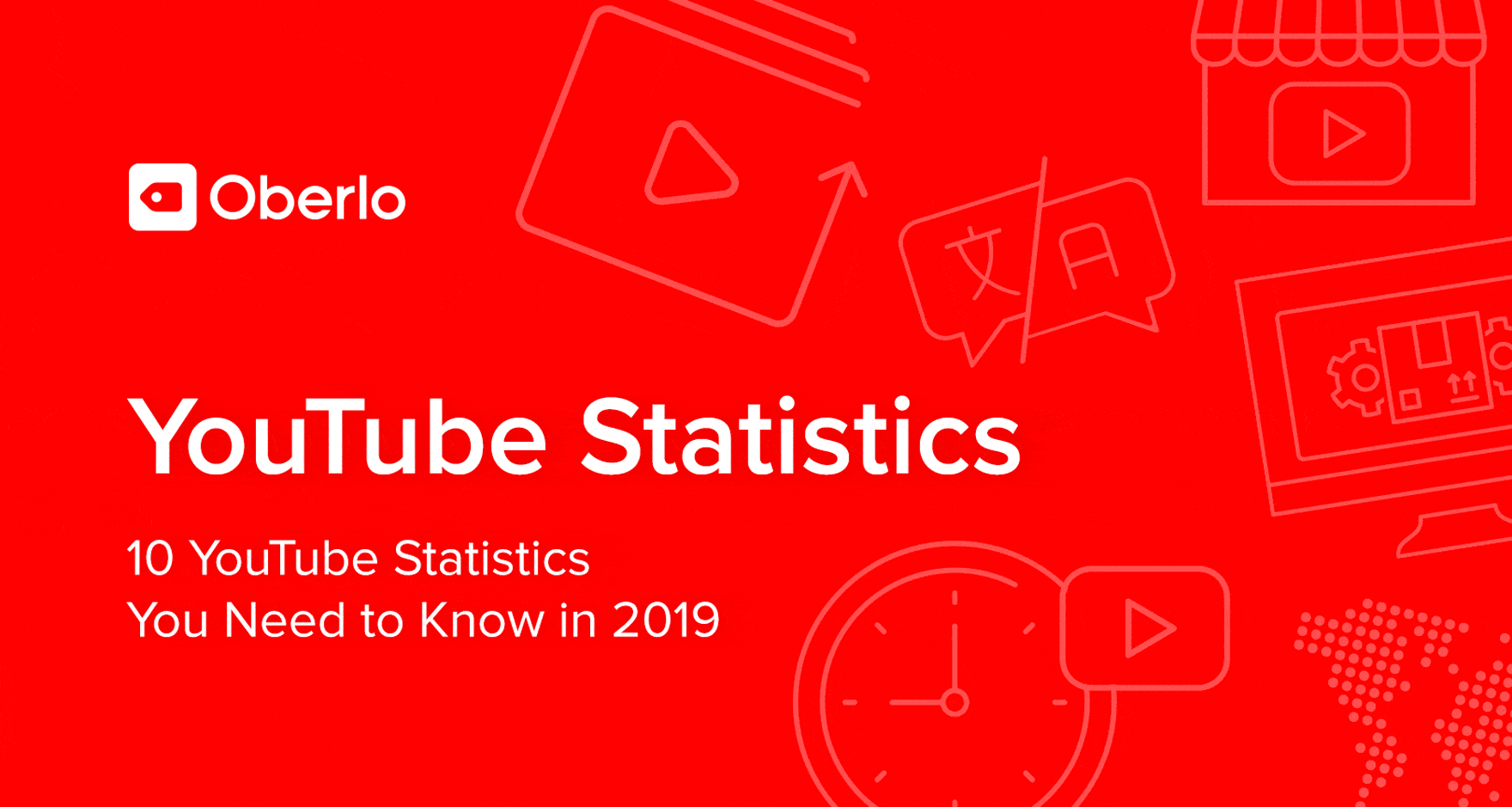A marketing strategy is a roadmap that guides a business to achieve its goals, attract new customers, and increase sales. In today's fast-paced world, an effective strategy not only helps to grow your business, but also helps you stay competitive. The success of any strategy is based on a clear understanding of goals, in-depth market analysis, proper communication, and constant adaptation to new conditions. Dali Marketing Agency has many years of experience in developing such strategies, and we will share the key steps to create them effectively.
1. Defining the goals
The first and most important step is to set clear goals. Without an understanding of what you are trying to achieve, it is difficult to measure success or make the right decisions.
To do this, you can use the SMART principle:
- Specific: clearly define what you want to achieve.
- Measurable: How will you measure success?
- Achievable: Do you have the resources to achieve this goal?
- Relevant: Is the goal in line with your long-term goals?
- Time-bound: set a deadline for achieving the result.
In order to achieve results, it is important that the client and the marketing agency communicate well in the process of implementing the marketing strategy. Collaboration, quick response to requests and feedback are important components of achieving the goals.
2. Market and competitor analysis
Strategy development always starts with an in-depth analysis of the market and competitive environment. This allows us to understand the company's position, identify opportunities for growth and threats that may become an obstacle to development.
- Market analysis. Gather as much information as possible about your market: dynamics, trends, consumer behavior. This will allow you to understand which products or services are in the greatest demand and what development paths are possible.
- Competitor analysis. It is important to know who you are competing with. Research what your competitors offer, what their strengths and weaknesses are, what marketing tools they use, and what they focus on.
Conducting a SWOT analysis will help you identify strengths, weaknesses, opportunities, and threats to your business.
- Strengths: unique product, loyal audience.
- Weaknesses: limited budget, poor brand awareness.
- Opportunities: new markets, digital tools.
- Threats: New competitors, changes in legislation.
3. Identify the target audience
Understanding who your customers are will help you create accurate and effective communication. The needs, interests, and behavioral characteristics of your target audience determine what content and advertising messages will be relevant and effective.
- Audience segmentation. Divide your audience into groups by age, gender, geography, socioeconomic status, and interests. This will help you create more personalized messages for each segment.
- Personalized approaches. Different audience groups require different approaches. For example, younger audiences may be more active on social media, while older people prefer traditional channels.
4. Development of a unique selling proposition (USP)
A unique selling proposition (USP) is the basis on which all marketing communication is built. It explains to customers why they should choose your product or service over the many other offers on the market.
- Clarity and simplicity. The USP should be clear and easy to remember. It should answer the main question: "Why should I buy from you?".
- Problem solving. Focus on how your product or service helps solve a specific customer problem or meets their needs.
5. Selection of communication channels
Communication channels are the tools you use to deliver your message to your customers. It is important to choose the channels that are most suitable for your target audience.
- Online and offline. Depending on the business, these can be both digital channels (social networks, search engines, email marketing) and traditional ones (banners, signage).
- Find out where your target audience spends their time most often and what influences their buying decisions.
Don't focus on just one channel. Combine different approaches to maximize your reach.
6. Create a content strategy
Content is not just text or images. It is a way to build communication with the audience, to convey important information about your product or service.
- A variety of formats. Use different formats: blogs, videos, infographics, podcasts. This will help attract different groups of users.
- A constant stream of content. Content should be updated regularly. This not only improves the visibility of the site in search engines, but also increases customer interest.
7. Using analytics and optimization
For a marketing strategy to bring results, it needs to be constantly analyzed and optimized. Use analytics tools to monitor the effectiveness of your campaigns.
- Evaluation of results. Track sales, customer engagement, and other key performance indicators (KPIs) to determine if you're meeting your goals.
- Optimization. Based on the data, optimize your strategy, change your focus, or even your communication channels to improve your results.
8. The importance of quality communication with a marketing agency
The success of any strategy also depends on how effective the communication between the company and the marketing agency is. Constant feedback, rapid response to changes, and joint work to achieve goals are an integral part of the process.
- Joint planning. Involve the agency in the planning and goal setting process. This will help you choose the best tools to implement the strategy.
- Reporting. Regular reports keep the client informed of the results and changes that occur during the implementation of the strategy.
Developing an effective marketing strategy is a long and complex process that requires in-depth analysis, clear goal setting, high-quality communication with a marketing agency, and constant adaptation to new conditions. Dali Marketing Agency helps businesses at each of these stages by developing strategies that bring results. Quality work and strategic thinking are the keys to success in the marketing world.









